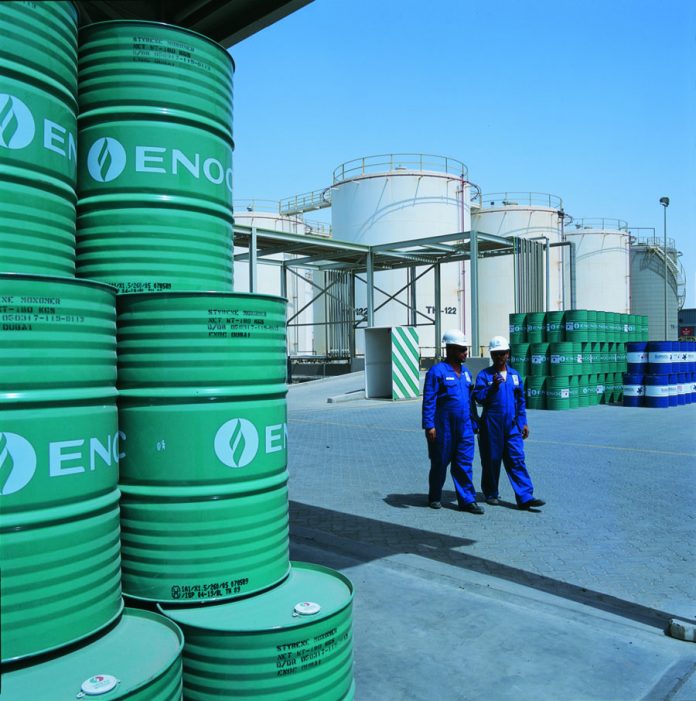
Part of the reason oil is the trade of the year is because it’s going to have such a broad affect, it’s going to take a lot of asset classes up with it. But until this happens, there is a growing likelihood of a wave of debt-payment defaults by energy companies. The most important factor is cash flow and if oil price slips below $25 a barrel, most of the surviving producers cash flow will turn negative, meaning the more one produces, the more one loses. And that would indicate a bottom for energy prices.
Historically, after oil hits bottom and begins a sustained increase, stocks of stronger oil companies that survived the downturn come roaring back.
Whether crude oil’s end-of-the-week spike above $30 is a dead-cat bounce or a double-bottom base is debatable. However, some forecasters predict a rebound to begin in the second half of this year, although it seems more likely this to happen from September onwards.
Crude prices are expected to find a bottom within one to three months before moving higher during the second half of 2016, with Brent averaging $41 in the third quarter and $52 in the fourth. There will be an initial wave of supply from Iran, but once that’s done, it is when opportunities for oil to turn will arise.
There are already early signs of a slowdown in production that may lead to the birth of a bull market after another nine months or so. But it will likely take years for oil prices to stabilize in the comfortable range between $60 to $80.
Goldman Sachs, for instance, predicts prices will be locked in range from $20 to $40 for several months with the current market in a transitional “inflection phase… where the least fit producers engage in significant capital restructuring.”



































